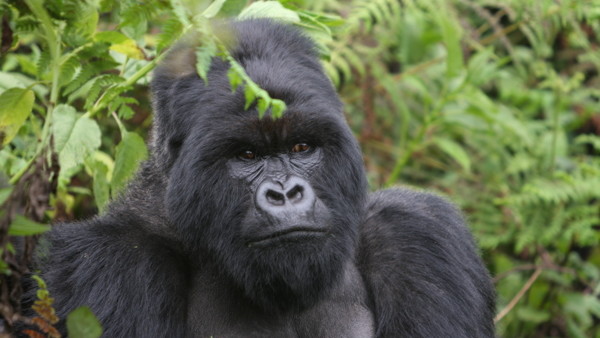8 Science Facts They Probably Didn't Teach You In School
2. Noble Harambe?

We tend to think of nature as a harmonious, Lion King style set up, and humans as the vicious, warlike exception, but animals can commit horrific atrocities too.
Chimpanzees are known to regularly "go to war" with rival clans, stealing, killing and eating babies, raping fertile females and killing the rival adults. This is no Circle of Life, this is out-and-out territorial bloodshed.
War is not, as many anthropologists might have you believe, a product of human culture. This passage from Harvard Magazine describes the atrocities committed in primate warfare:
The chimps did not stop to eat, and they did not make any of their normal calls and shouts. Instead, they crept silently into the territory of a neighboring group and hid until they saw a lone chimp. Screaming with excitement, they would ambush the victim, hold him immobile and beat him to death, sometimes twisting the victim's leg until the muscles ripped, or tearing off flaps of skin while he was still alive. In one well-documented case in Tanzania, a group of male chimpanzees used such ambushes to eliminate a whole band of neighbors.
And this is where Harambe comes into it:
Further research found that such violence was not limited to chimpanzees. Male gorillas, for example, were observed ripping infants out of their mothers' arms and smashing them to the ground in often-successful attempts to entice the mothers to mate with them. One theory is that the male gorillas do this to demonstrate their strength and to show how valuable they would be as protectors.
Advertisement